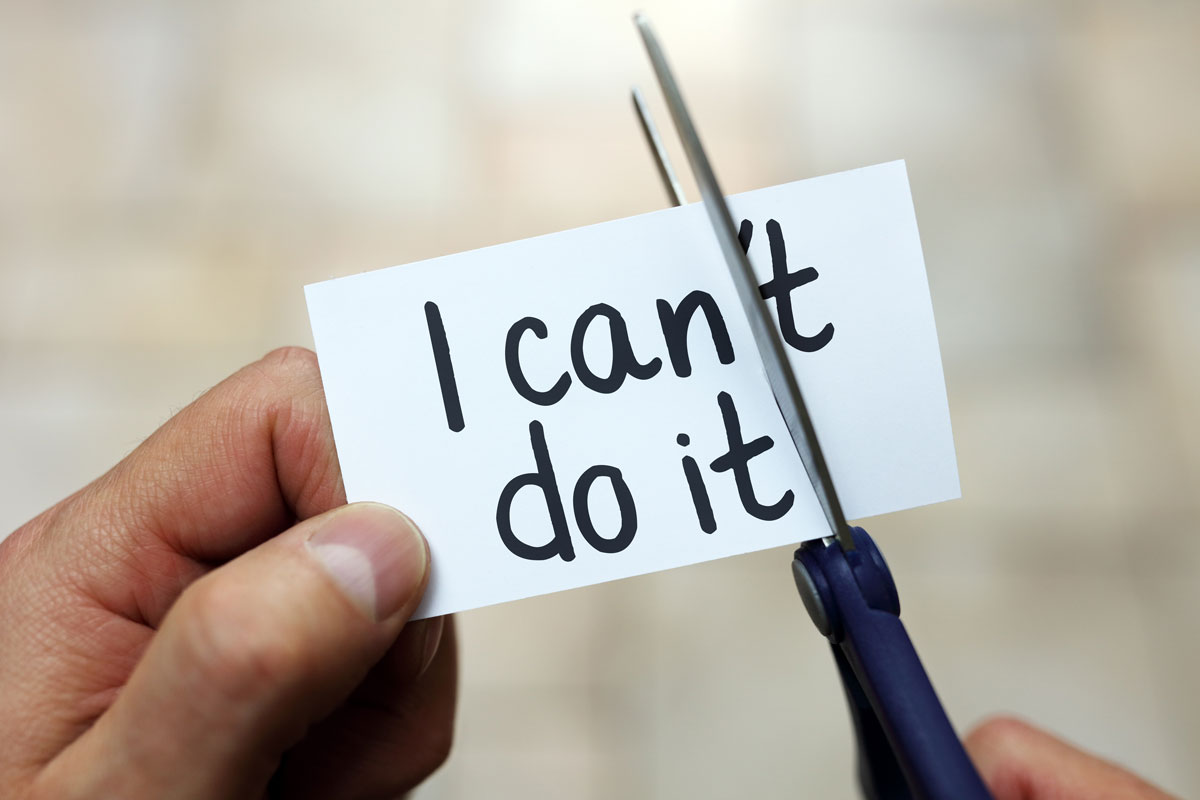Currently Empty: $0.00
Fixer Success & Tutorials
The Psychology of Fixing: Why DIY Repairs Boost Confidence

In a culture where convenience often trumps self-reliance, the simple act of fixing something—by hand, with your own effort—can feel revolutionary. But there’s more to DIY repairs than saving money or avoiding a long wait for a technician. Fixing things yourself actually changes how you think, act, and feel.
At MrFix.com, we see it every day: users who come to the platform unsure and leave empowered. Let’s explore why fixing isn’t just functional—it’s transformational.
Fixing Taps Into Problem-Solving Instincts
Humans are wired to solve problems. From puzzles to strategy games, we feel satisfaction when we overcome a challenge. Repairing a broken appliance, debugging a line of code, or realigning a crooked shelf activates that same reward center.
Science Says…
A study published in the Journal of Positive Psychology found that completing small, purposeful tasks leads to higher levels of happiness and motivation. Fixing something checks both boxes—it’s productive and meaningful.
Skill-Building Equals Confidence
Every successful fix adds to your personal toolkit. Whether it’s learning how to use a wrench or editing your own website, these micro-skills accumulate fast. With each tutorial on MrFix.com, users move from passive consumers to active creators.
- First you fix a leaky faucet
- Then you unclog a drain
- Next thing you know, you’re teaching others
That growth fuels self-confidence—and can even change how people approach challenges in other areas of life.
Overcoming Fear of Failure
Fear is the #1 reason people avoid DIY. “What if I mess it up?” is a common worry. But here’s the secret: every fixer makes mistakes. The trick is learning in a safe, guided space—like MrFix.com—where mistakes are part of the process.
As users see that failure isn’t fatal, their confidence grows. They take more initiative. They stop outsourcing every obstacle.
A Sense of Ownership and Control
Fixing something broken turns frustration into pride. Instead of feeling helpless in the face of a problem, you’ve done something about it.
This shift builds a deeper sense of personal responsibility and control. When you repair your own space, devices, or wellness habits, you’re not just fixing a thing—you’re affirming your ability to handle life.
Emotional Benefits of DIY Repair
Fixing taps into mindfulness. You slow down. You focus. You enter a flow state.
Many users report:
- Reduced stress
- A sense of accomplishment
- More patience and resilience
It’s not surprising that hands-on repairs are often recommended in therapy as a way to regulate anxiety and boost mood.
Confidence Is Contagious
Confidence spreads. When someone learns to fix a laptop or repair a wobbly chair, they often inspire others. Families start sharing knowledge. Friends trade skills. Communities get stronger.
At MrFix.com, we believe this is how transformation scales—one fix at a time.
Final Thoughts
Fixing things is more than a task—it’s a mindset. It says, “I can handle this. I can figure it out.”
With each successful repair, your confidence doesn’t just grow—it compounds.
Start with one fix. Rewire your mindset. Become a problem-solver.
Visit MrFix.com and take your first step today.




